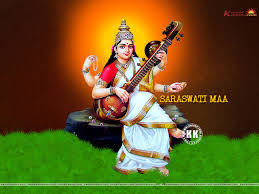What is Knowledge : Ch-8-15.
Chapter-8 : Control of the Instruments of Knowledge.15.
It is to be again emphasised that when we speak of the senses, we do not entirely mean the physical fleshy organs like the eyeballs, the eardrum, the tongue or the nostrils.
The eardrum is not the ear, the eyeballs are not the eyes, and so is the case with the other sense organs.
A sense, in the light of the system of the practice of yoga, is not the fleshy part which acts as a medium for the expression of this activity called the senses.
What are the senses?
From the point of view of a purely religious or spiritual outlook, or an outlook of yoga, the ‘sense’ that we are referring to is an impulsion of consciousness in a particular direction, and it is not the eyeballs or any such thing.
These eyes, these ears, these other sense organs are the locations in the physical body for the expression of the internal impulses.
The electric energy that is behind the working of an electrical gadget is different from the physical part of it, which is a material substance.
The impulsion is a force, and it cannot be seen, heard of, touched etc.
It is a vehemence of our consciousness; it is a flood-like push that is exerted by our own selves in a particular given direction.
We urge ourselves in a particular way, and force ourselves to act in a particular manner.
Basically, if we are consciousness proper, what we call sensory activity is also an activity of consciousness.
The channelisation of our own true being through the avenues called the physical sense organs – this is actually sense activity.
Swami Krishnananda
To be continued ....




.jpg)
Comments